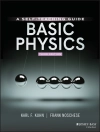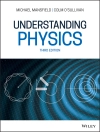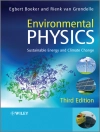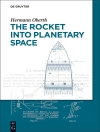Provides a concise overview of the core undergraduate physics and applied mathematics curriculum for students and practitioners of science and engineering
Fundamental Math and Physics for Scientists and Engineers summarizes college and university level physics together with the mathematics frequently encountered in engineering and physics calculations. The presentation provides straightforward, coherent explanations of underlying concepts emphasizing essential formulas, derivations, examples, and computer programs. Content that should be thoroughly mastered and memorized is clearly identified while unnecessary technical details are omitted. Fundamental Math and Physics for Scientists and Engineers is an ideal resource for undergraduate science and engineering students and practitioners, students reviewing for the GRE and graduate-level comprehensive exams, and general readers seeking to improve their comprehension of undergraduate physics.
* Covers topics frequently encountered in undergraduate physics, in particular those appearing in the Physics GRE subject examination
* Reviews relevant areas of undergraduate applied mathematics, with an overview chapter on scientific programming
* Provides simple, concise explanations and illustrations of underlying concepts
Succinct yet comprehensive, Fundamental Math and Physics for Scientists and Engineers constitutes a reference for science and engineering students, practitioners and non-practitioners alike.
Circa l’autore
David Yevick, P. Eng. (Ontario) is Professor of Physics at the University of Waterloo, Canada. He received his A.B. and Ph.D. degrees respectively from Harvard University in Physics (1973) and Princeton University in Particle Physics (1977). Dr. Yevick is a leading scientist in the numerical simulation of optical communication systems, in particular electric field propagation in guided-wave optics, optical processes in semiconductors, and communication system modeling. Dr. Yevick is a fellow of the APS, OSA, and IEEE.
Hannah Yevick holds a Ph.D. in Biological Physics from the Curie Institute, France, as well as a M.A. from Columbia University, and a B.A. from the University of Pennsylvania in Physics. Her experience with the Physics GRE and graduate comprehensive exams has enhanced the text.












